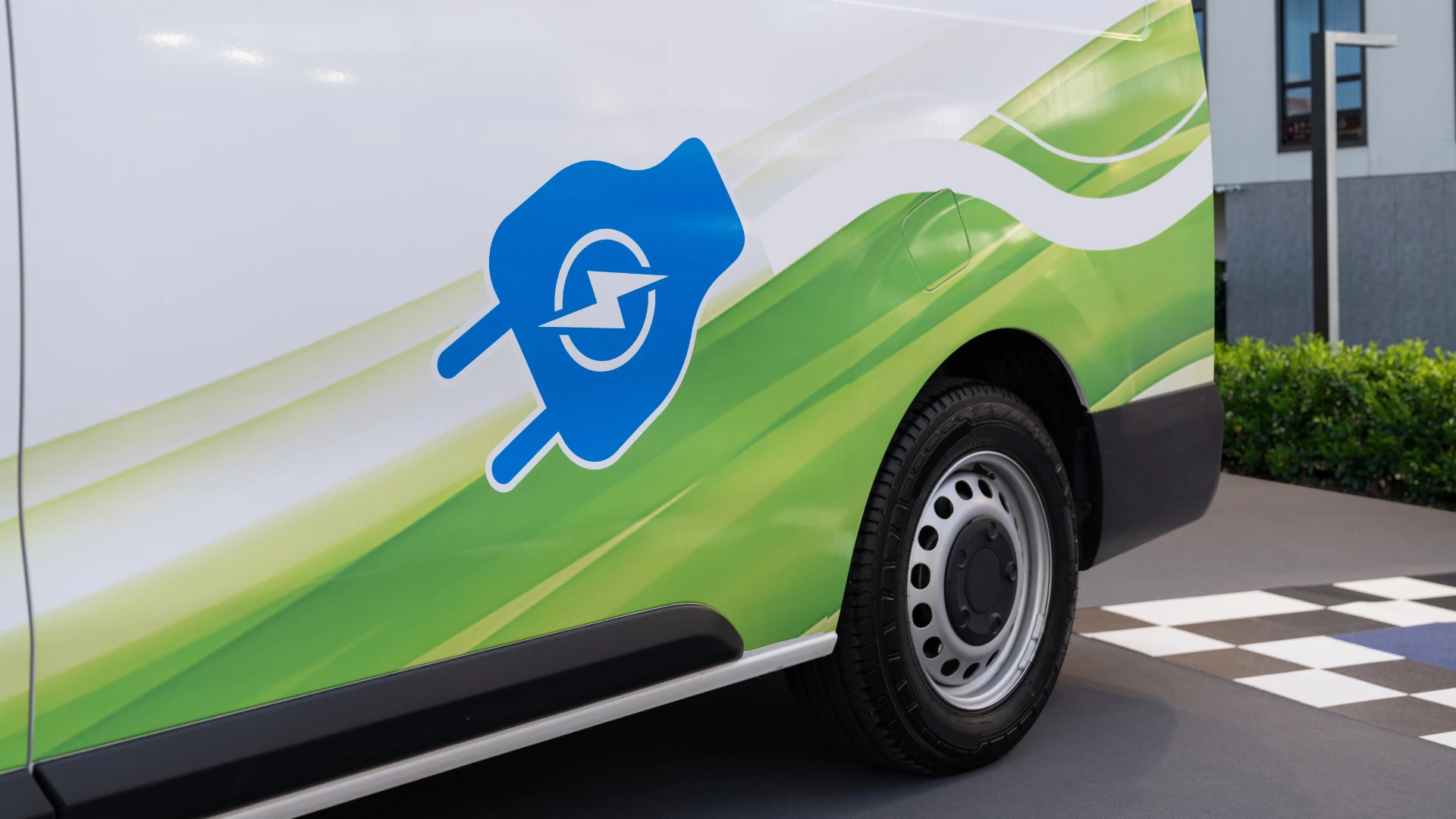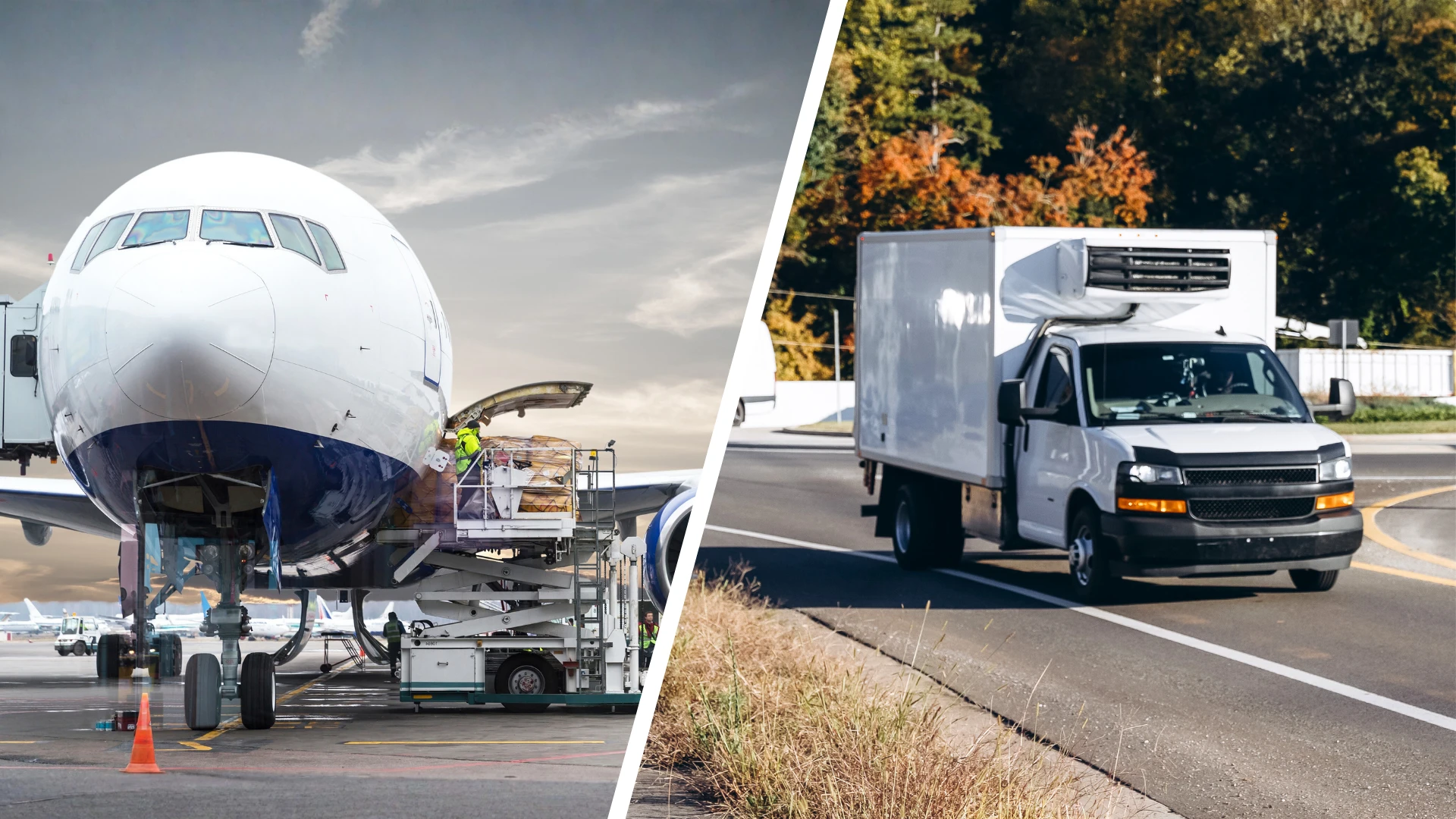
Larger doesn’t always mean better, especially in terms of sustainability in the cold-chain logistics sector. The right choice of vehicle size in temperature-controlled transport is half the battle in maintaining a high sustainability level without compromising practicality. By aligning the capacity of transport vehicles closely with the actual requirements of the cargo, companies can significantly cut down on unnecessary emissions and expenses. This right-sizing strategy is a crucial step in reducing the carbon footprint of logistics operations.
Right-sizing is not only about better emissions. For businesses, it also presents plenty of economic advantages. Employing vehicles that precisely fit the volume of goods transported eliminates excess fuel consumption, leading to cost savings. The right-sizing approach enhances the efficiency of deliveries, minimizing the impact of traffic jams and ensuring goods arrive at their destination promptly with minimal stops necessary. This dual advantage makes right-sizing a winning strategy for clients seeking both eco-friendly and cost-effective logistics solutions.
Choosing the Right Vehicle for Small Loads
- Smaller Vehicle – Lower Carbon Footprint
Reduced carbon emissions and fuel consumption are all about size and efficiency. Switching from using semi-trucks, which often operate half-empty, to more suitably sized vehicles, such as reefer cargo vans or box trucks, when transporting smaller loads is the only strategy to achieve remarkable sustainability.
Designed to meet the needs of smaller cargo volumes, reefer vans, and box trucks ensure a significant reduction of fuel consumption thanks to less powerful engines installed and enhanced maneuverability compared to semi-trucks. As a result, the carbon footprint associated with each shipment decreases, reflecting a commitment to eco-friendly practices.
- RVN – Expansive Network of Right-Sizing Vehicles at Your Fingertips
RVN’s network of small reefer trucks and vans exemplifies the industry’s move towards more sustainable logistics solutions. By providing access to a wide range of vehicle sizes, RVN facilitates the right-sizing of vehicles for every delivery, ensuring that each shipment is transported in the most efficient and environmentally responsible manner possible.
Technological Innovations in Small-Scale Transport
Engine technology has come a long way, from steam motors to modern electric and hybrid engines. The latter ones have revolutionized small-scale transport, ensuring a level of cost-efficiency and carbon footprint reduction that no other technology can match today.
Electric vehicles (EVs), with their zero-emission capabilities, are at the forefront of this technology revolution. Driven by electric power, these vehicles offer a cleaner alternative to traditional fossil fuels, significantly reducing the carbon footprint of transport operations.

Hybrid technology is another alternative to internal combustion engines. While it is not emissions-free like EVs, it still ensures a significant footprint reduction by using both electric motors and conventional engines. It combines the best of both worlds, allowing carriers not to suffer from often poor charging infrastructure like in the case of fully electric vehicles.
The integration of these technologies into reefer cargo vans and box trucks enhances their suitability for temperature-controlled logistics while allowing businesses to move towards a more eco-friendly logistics future.
Success Stories: Small Vehicles, Big Impact
The adoption of vehicle right-sizing strategies is beneficial for businesses across various sectors. Here are a few success stories that underscore the positive impact of such initiatives:
- Organic Grocery Store
A national chain of organic grocery stores transitioned to using a fleet of electric reefer vans for local deliveries. Previously reliant on larger diesel trucks, the switch resulted in a 40% reduction in carbon emissions per delivery. Besides, the company witnessed a 20% decrease in fuel costs, demonstrating a clear economic advantage alongside its environmental achievements.
- Pharmaceuticals
A company specializing in the delivery of temperature-sensitive pharmaceuticals implemented hybrid box trucks for its distribution network. The move was part of a broader initiative to minimize its environmental footprint while maintaining the integrity of its products. The result was a 25% drop in fuel consumption and a significant reduction in greenhouse gas emissions.
- Flower Business
A regional flower distributor adopted small electric vans for their delivery fleet, targeting urban and suburban routes. This decision allowed for more precise routing and reduced idle times, cutting overall emissions by 30%. The cost savings from lower fuel and maintenance expenses were redirected towards expanding their sustainable packaging initiatives, furthering their commitment to environmental stewardship.
Moving Forward: Embracing Sustainability in Logistics
Sustainability in logistics is not merely an option but a necessity in today’s climate-conscious world. Adopting vehicle right-sizing is a tangible step that businesses can take to align their operations with ecological sustainability and operational efficiency.
This approach offers a clear path to reducing carbon emissions, optimizing fuel use, and improving the efficiency of supply chains. By employing the latest technological innovations and utilizing vehicles that match shipment sizes, businesses can significantly lower their environmental footprint while reaping economic benefits.
Let’s move forward together, making conscious choices that benefit our planet and our businesses alike!
Back to blogYou may also be interested in

Solving the Refrigerated Freight Bottleneck: A Customer’s Guide to Reefer Expedite
The refrigerated freight is one of the most demanding segments of logistics. Unlike dry freight, temperature-sensitive goods don’t get second chances. If a load arrives late or the temperature drifts outside compliance ranges, the shipment can lose its entire value. For customers, that means one mistake can turn into thousands of dollars in losses and […]

Airport Delays and Temperature Risk: How Forwarders Mitigate the Gap
Airports are the heartbeat of global trade, connecting perishable goods to every corner of the world. But for refrigerated freight, airports are also one of the riskiest points in the journey. Unlike long-haul reefer trucking, where temperature can be monitored and maintained throughout, airports introduce multiple variables, such as customs clearance, handling procedures, flight schedules, […]
